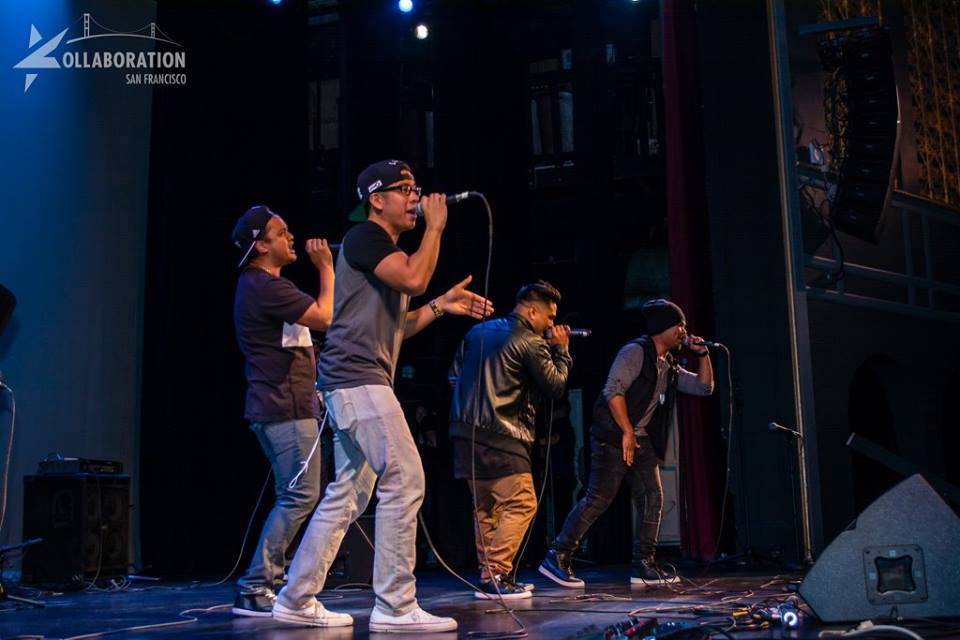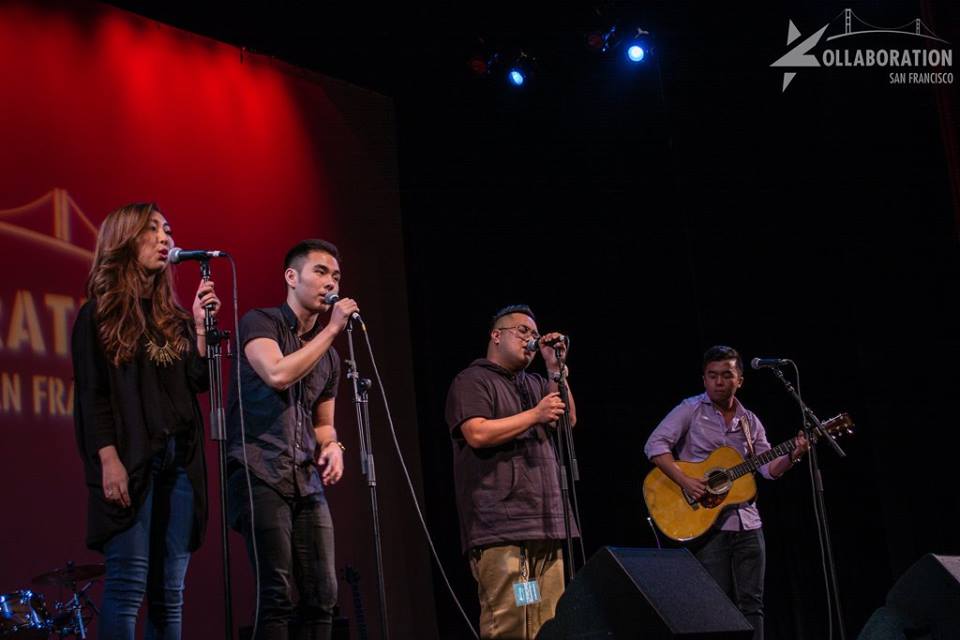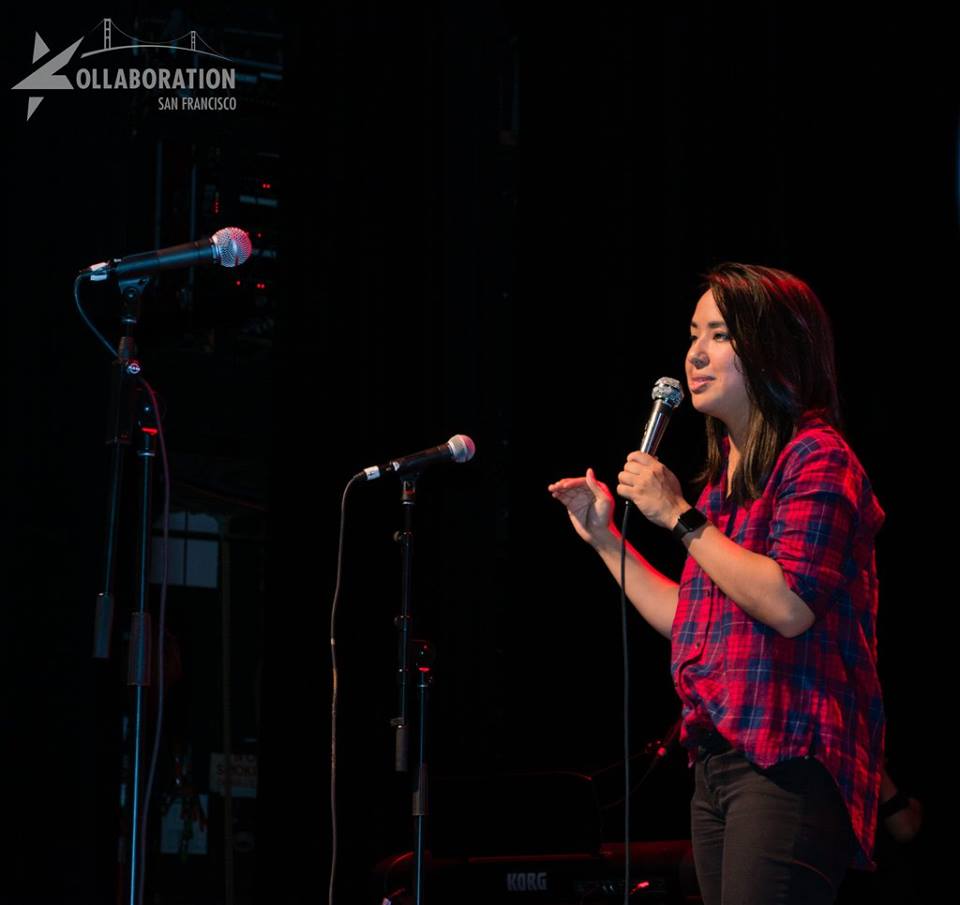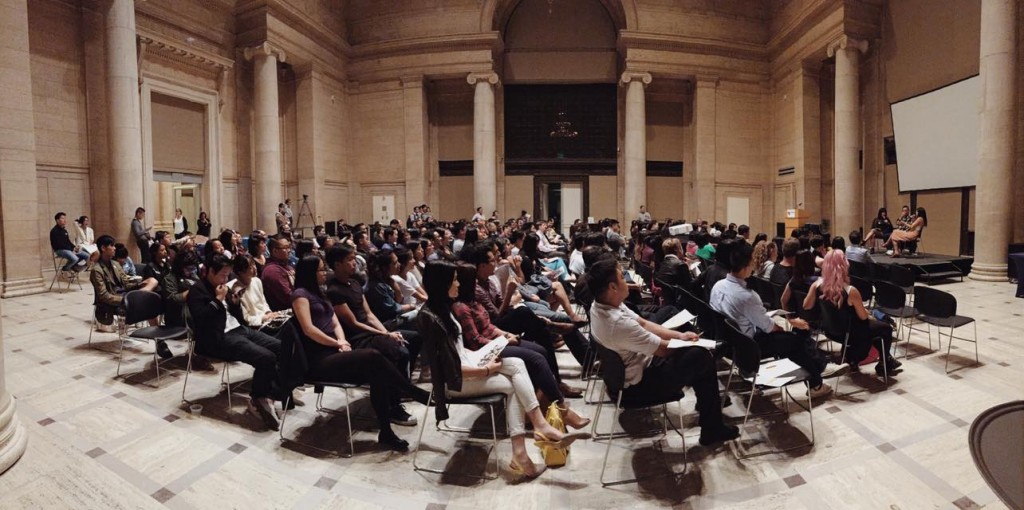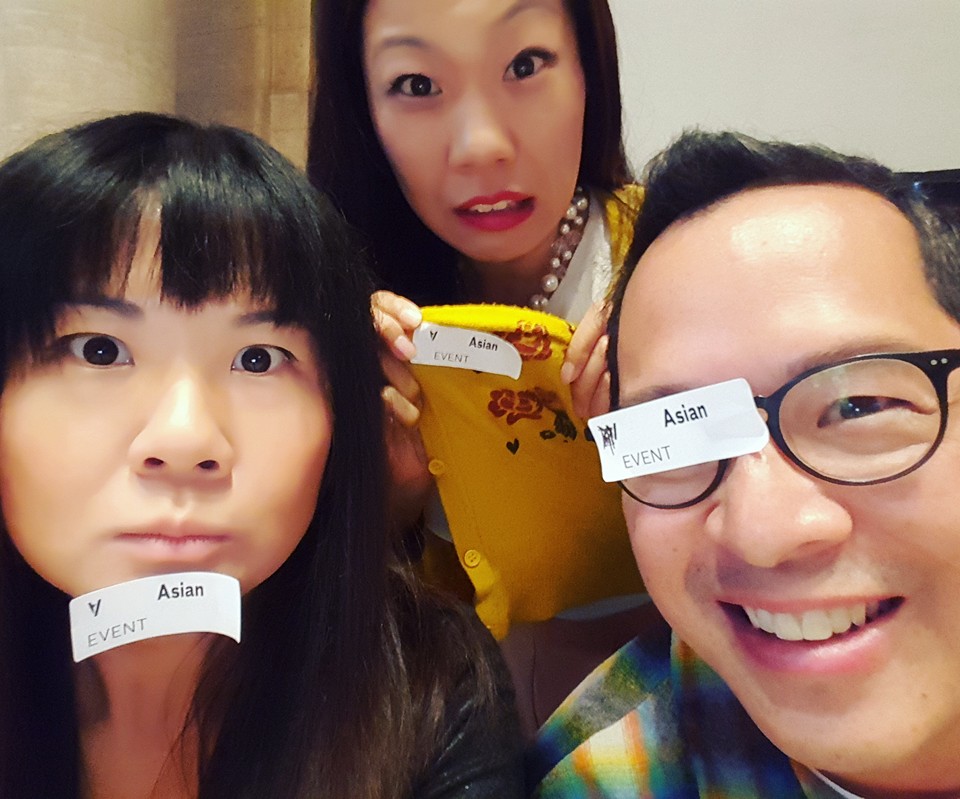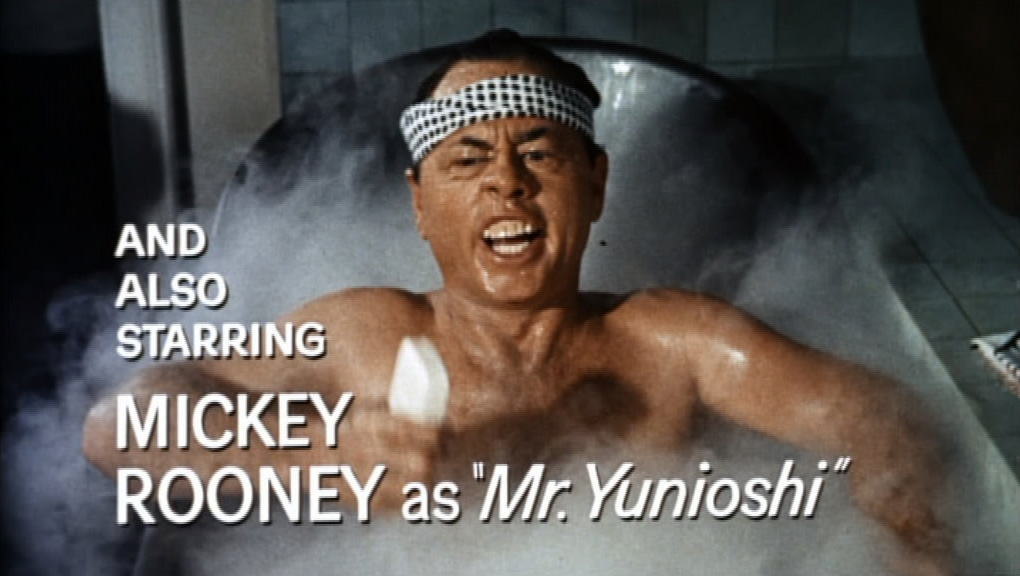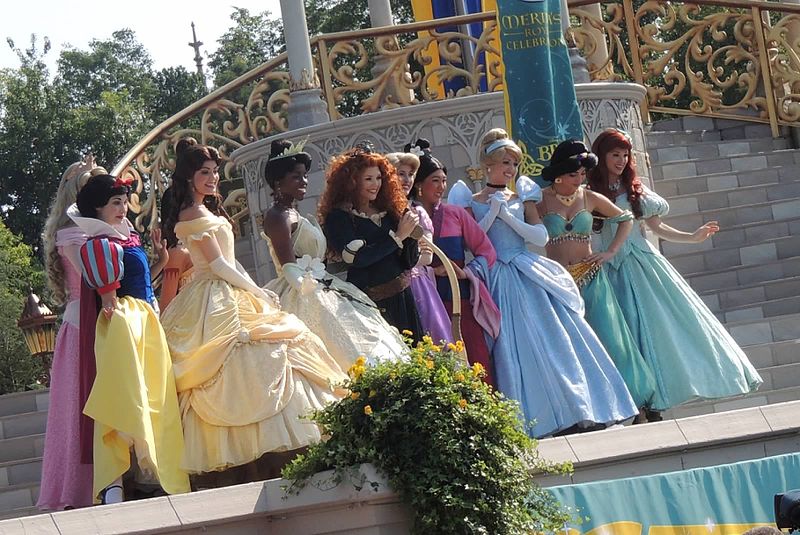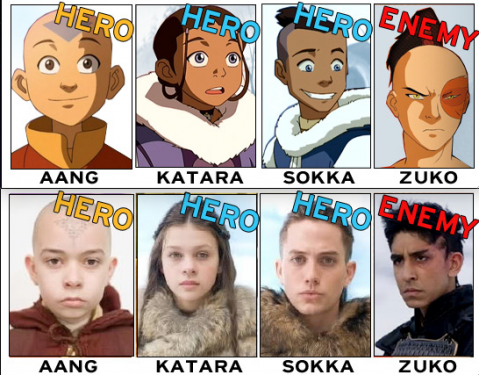One of the things that executive producer Melvin Mar said that he was most looking forward to this season at CAAMFest San Jose last month were the holiday episodes. Since the first season began as a mid-season replacement, the show never got a chance to do any special episodes of the kind. That’s what made this week’s episode very special, it was the very first holiday storyline for Fresh Off the Boat, and it really was an episode of firsts: Louis’ first Halloween in the suburbs, Eddie’s first “normal” trick-or-treating experience, and Jessica’s first restored house since partnering up with her mother-in-law and Honey. However, as it tends to be the case when it comes to the Huang family, things never quite go according to plan.
Louis is psyched for his family’s first experience of celebrating Halloween since their move from Washington, D.C. However, he is disappointed when his youngest son Evan informs him of how they live on a “dead street”… and no, contrary to Louis’ original assumption, it has nothing to do with the walking dead or anything like that. As Evan explains, they live on a street where trick-or-treaters rarely visit. Unwilling to miss out on his first suburban Halloween, Louis guides everyone with preparing their street for the ultimate trick-or-treating experience (and all in a total of only five hours).
Meanwhile, Jessica- who has never been fond of Halloween as it gives kids an excuse to behave badly- has her hands unexpectedly full when her newly restored house is in danger of being attacked by a group of obnoxious teenage boys. She at first tries to get them preemptively arrested for something they planned to do. When that back fired, along with a failed attempt at recruiting her family to help, Jessica makes it her mission to protect the house at all costs.
While Halloween can be seen as a children’s holiday, this episode of Fresh Off the Boat focused more on Louis and Jessica’s experiences. Like in the last episode “The Fall Ball,” Louis’ obsession with American culture and fulfilling the American Dream was on display in full force. While it may have seemed corny when he made that heartfelt speech about bringing the Halloween spirit to their neck of the woods (with lines stolen from Field of Dreams), it makes sense when we remember where Louis is coming from: He’s a man who immigrated from Taiwan and has been working from the ground up for his family to be as successful and comfortable as any other American family.
Meanwhile for Jessica, her story highlights the darker side of Halloween; the side that adults may face when their property becomes a potential target for intrusion and vandalism. While she may seem like her usual wet blanket self, she does have a valid point about how Halloween is a time to be wary of pranks. The different outlooks from the two Huang parents is part of what make Fresh Off the Boat very unique; as it continues to expose different layers of common American traditions from the Huang’s Asian American experiences.
It was also fun seeing Halloween celebrated on Fresh Off the Boat; especially when it came to the costumes (though I confess to looking up who was dressed as who on Angry Asian Man’s blog post about the episode, for I didn’t recognize most of them). Despite her not having a big role in this episode, let’s please take a minute and zoom in on Grandma’s Garfield costume, for she looks incredibly badass in it!
Lastly, I also wanted to note Nicole’s return in this episode, for I was certainly surprised to see her (and that Eddie actually had enough dignity to talk to her without giving her a death stare). In a way, I can see her appearance making sense, not only because she and Eddie attend the same school, but also because his mom is friends with her stepmom. I wonder what role she will play from here on out?
![]()
Featured image courtesy of ABC


